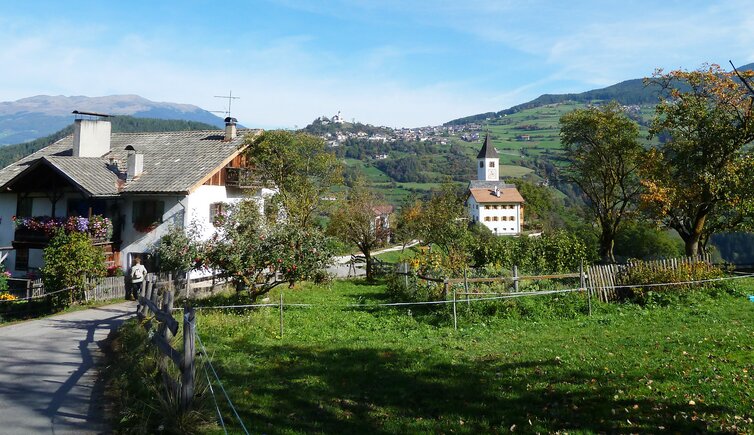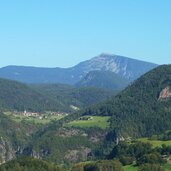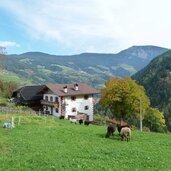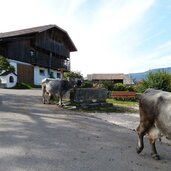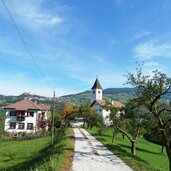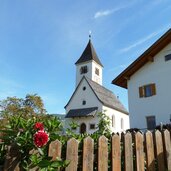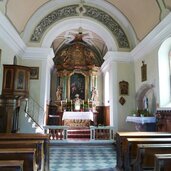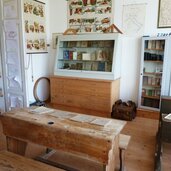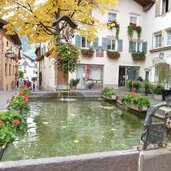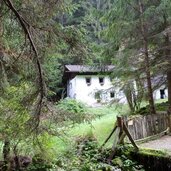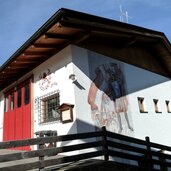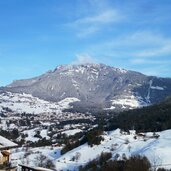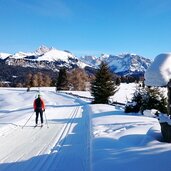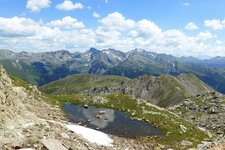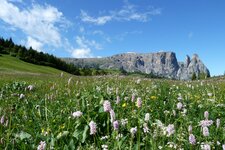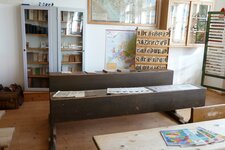The village of Tagusa is particularly known for its School Museum, housed in one of the former one-room schools in South Tyrol
Image gallery: Tagusa
"Small but excellent" would probably describe Tagusa (Tagusens) best: The village is actually just a collection of a few houses, a few farms and the old school. It used to be one of the one-room schools in South Tyrol: As the individual mountain villages were widely scattered, the walk was too long for the children and each village had its own small classroom. Most of the time, no more than a handful of pupils from all primary grades gathered there, but the Tagusa school was at its peak in the 1950s with 46 children and was in operation until 1993.
Today, the Tagusa School Museum tells of those times. The village itself rises on a hill above the Val Gardena, Valle Isarco and Valle di Premesa valleys, and its position offers a magnificent view, especially in autumn when the days are clear and the view reaches as far as the Sarentino Alps. In all this tranquillity there is also a bus stop that connects Tagusa to Castelrotto, the other villages in the Sciliar area and the Alpe di Siusi. From time to time, some hikers can be seen passing by here and making a cultural stop at the small museum.
This is where the Castelrotto Circular Hike passes: It starts in the main village at the church and takes you to Tagusa in three hours in front of the all-dominant Sciliar Massif. Then the trail leads along the meadow path no. 2 past the Radlmoos Pond and through the forest back to Castelrotto. A special building of Tagusa is also the little St. Magdalene Church, which sits enthroned on a pre-Christian settlement and cult site. Inside is an altar with sculptures by Josef Konrad Wieser from Bressanone (1693-1760), one of the best Tyrolean artists of the Rococo period.
